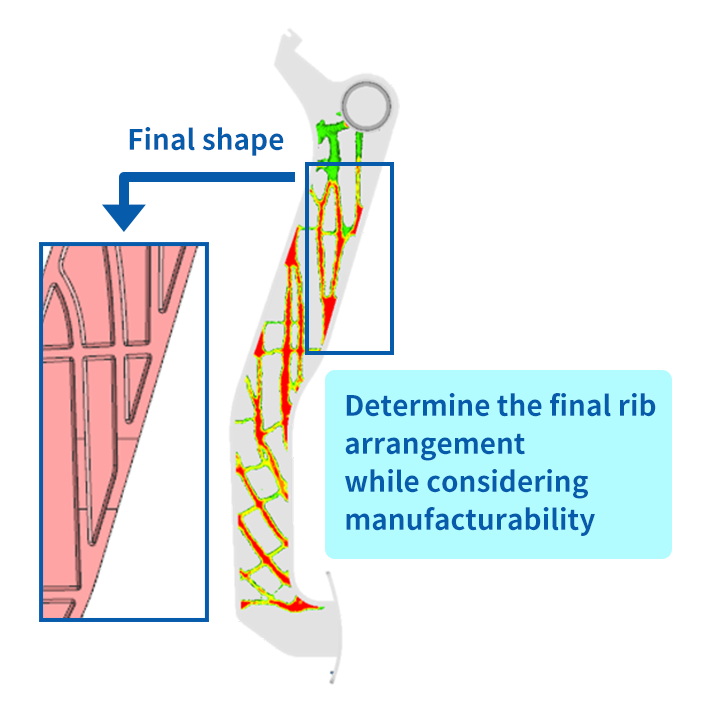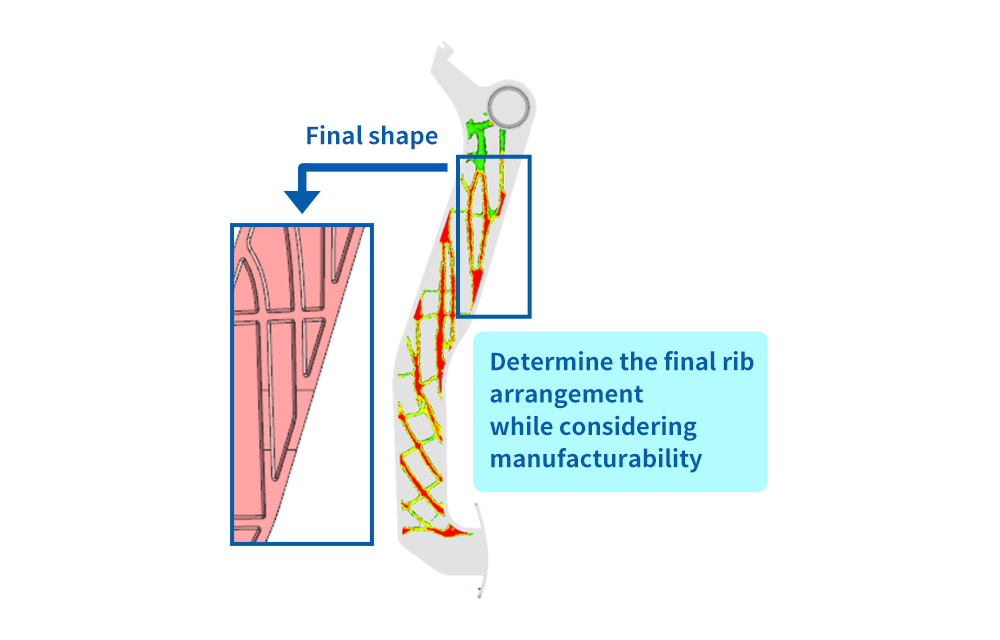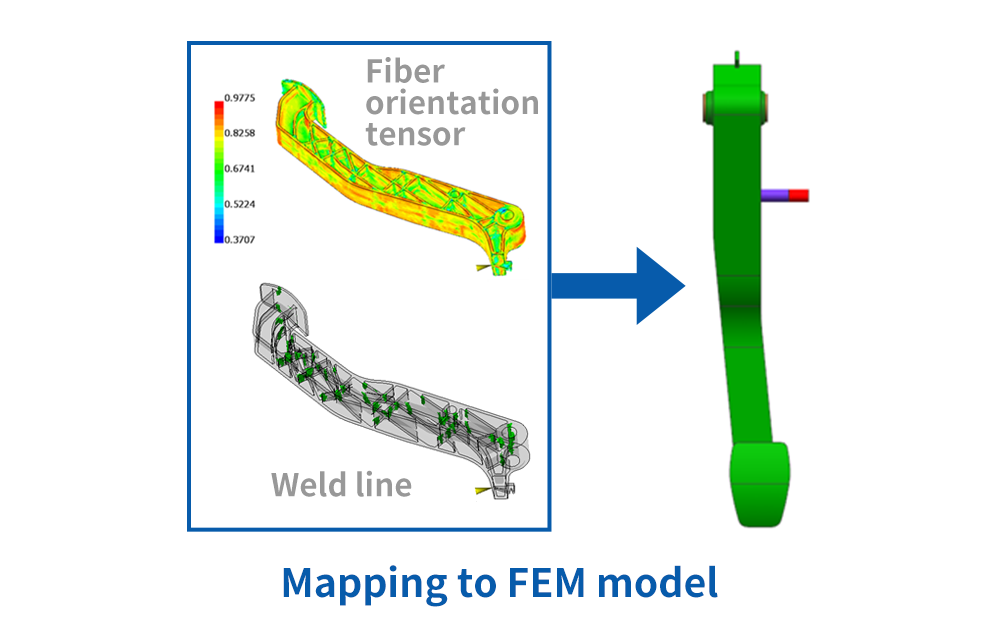CAE (Computer-Aided Engineering)
Topology Optimization
- Power train
- Others
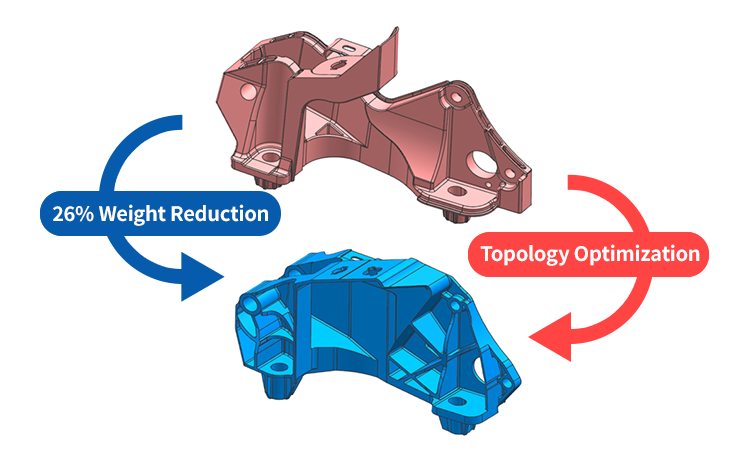

Marketing Areas
- ALL
Topology optimization*, combined with Asahi Kasei’s material expertise, enables lightweight, high-stiffness structures optimized for injection molding—reducing material use, cutting CO₂, and achieving sustainable, high-performance products.
*A simulation method that identifies the most efficient material distribution within a given design space to achieve optimal structural performance.
Feature
- Light & Strong by Design
- Prototype Less
- Resin-Aware CAE Modeling
Usage
- Optimal design for lightweighting
Optimal and efficient parts design contributes to improved fuel and energy efficiency, optimized rigidity, and reduced environmental impact.
Optimal and efficient parts design contributes to improved fuel and energy efficiency, optimized rigidity, and reduced environmental impact.
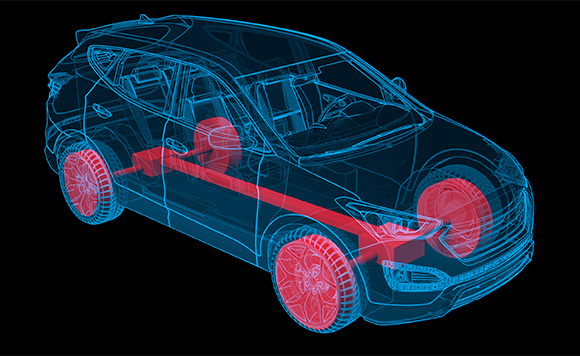
Light & Strong by Design
Topology optimization enables designs that minimize material usage while maintaining the required strength, contributing to cost reduction and weight savings. The derived shapes are validated through injection molding analysis and structural analyses to achieve optimal design that balances performance and manufacturability quickly. This approach reduces the number of prototypes and shortens development time, thereby improving the efficiency of product development.

Prototype Less
Topology optimization is a structural optimization technique that offers a high degree of design freedom, enabling the creation of innovative shapes that are beyond human imagination. However, the resulting shapes from analysis are often difficult to mold as-is, making it essential to convert them into forms suitable for mass production. At Asahi Kasei, extensive expertise in resin molding is applied to refine these shapes into feasible final designs that take manufacturability into account.
Resin-Aware CAE Modeling
A thorough understanding of the mechanical properties and molding behavior of resin materials enables the construction of highly accurate simulation models. CAE technology that incorporates resin characteristics and moldability enhances design reliability. This enables high-quality and high-performance production from design to mass manufacturing. In the attached example, information such as the glass fiber orientation tensor and weld lines obtained from injection molding analysis is mapped onto a Finite Element Method model (FEM model) for structural analysis. This allows for evaluation and analysis that take into account the anisotropy of glass fibers.
Lightweighting pedal
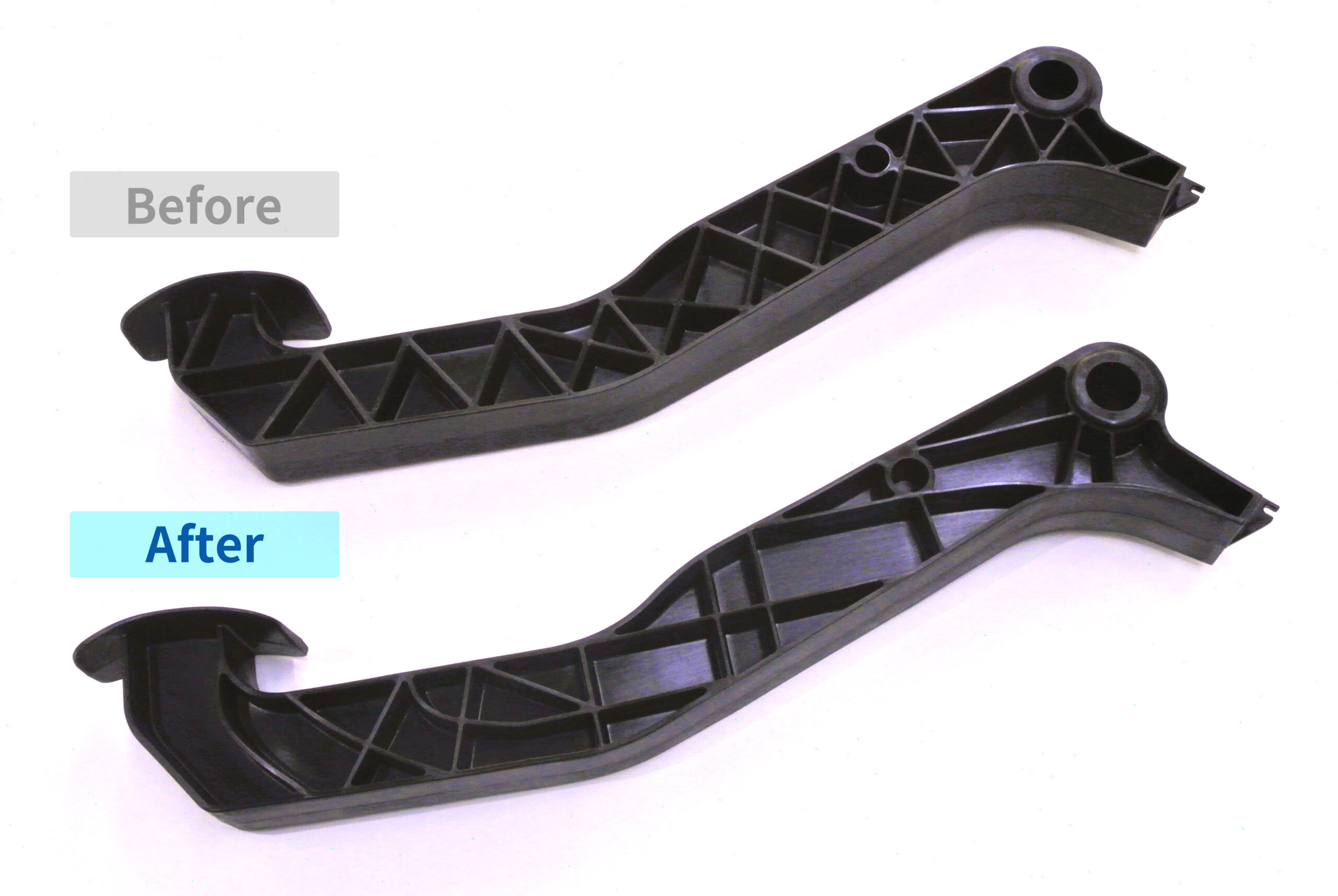
By utilizing topology optimization, the conventional pedal shape was made approximately 20% lighter. Even while using the same polyamide 66-GF35 resin, significant weight reduction is achievable through structural optimization. In this case, a reduction of 0.828 kg of CO₂ emissions per unit is expected*. Considering mass production in the tens of thousands, the total reduction becomes substantial. This design not only contributes to improved fuel efficiency through weight reduction but also plays a significant role in lowering environmental impact.
*This value is an estimate based on assumed conditions
 Mobility-related information website
Mobility-related information website
